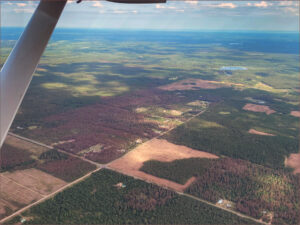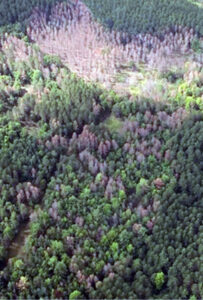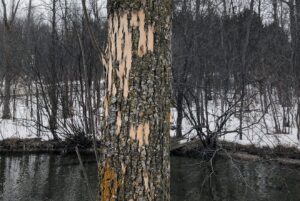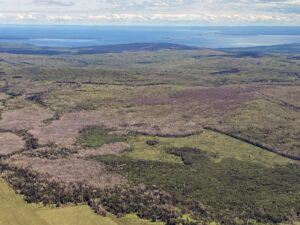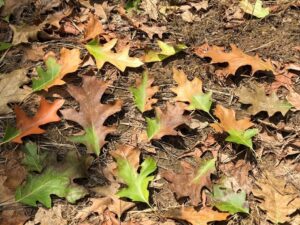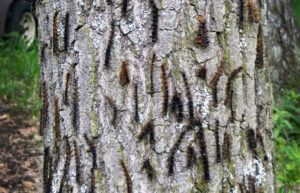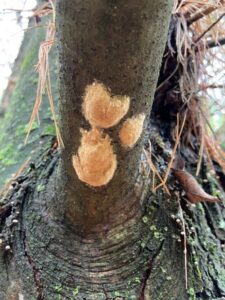By Art Kabelowsky, DNR Outreach and Communications
Arthur.Kabelowsky@wisconsin.gov or 608-335-0167
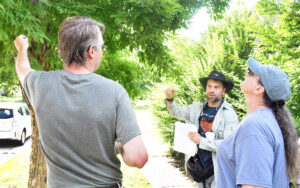
Wisconsin Department of Natural Resources Forest Health specialists (from left) Bill McNee, Paul Cigan and Linda Williams discuss a tree during the Cambridge Tree Tour in July 2025. / Photo Credit: Wisconsin DNR
Two Wisconsin Department of Natural Resources (DNR) Forest Health specialists will give presentations that are open to the public in the coming weeks:
- Thursday, Aug. 7: Alex Hornung, Wisconsin DNR Forest Health specialist for central Wisconsin, will discuss the DNR’s Forestry program at Farm Technology Days. The event will run from noon to 5 p.m. at Clinton Farms, E8351 State Hwy 22, Bear Creek (Waupaca County). Admission is $15 per adult.
- Friday, Sept. 5: Paul Cigan, DNR Forest Health specialist for northwest Wisconsin, will give a presentation on “Fungal Pathogens of the Wisconsin Forest” as part of the Wisconsin Mycological Society’s “Northwoods Foray” in Cable (Bayfield County). Cigan’s talk will run from 7:30 to 8:30 p.m. The Northwoods Foray will run from Sept. 4-7. Those interested in attending can visit the event’s webpage to obtain more information and sign up for a fee.

